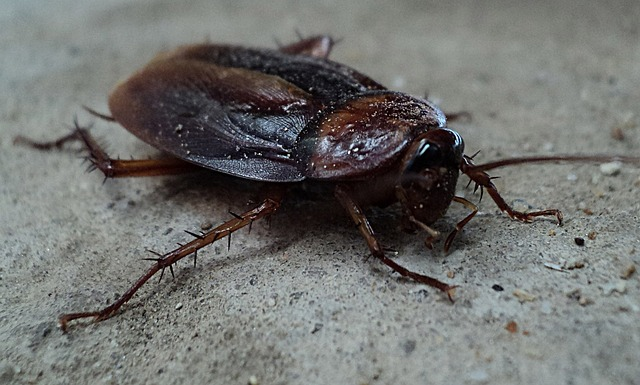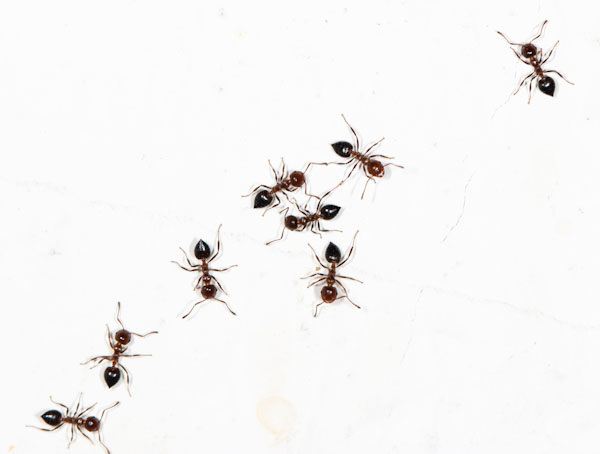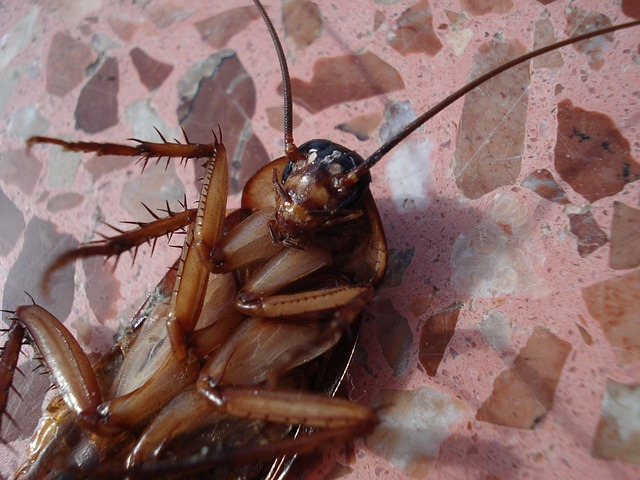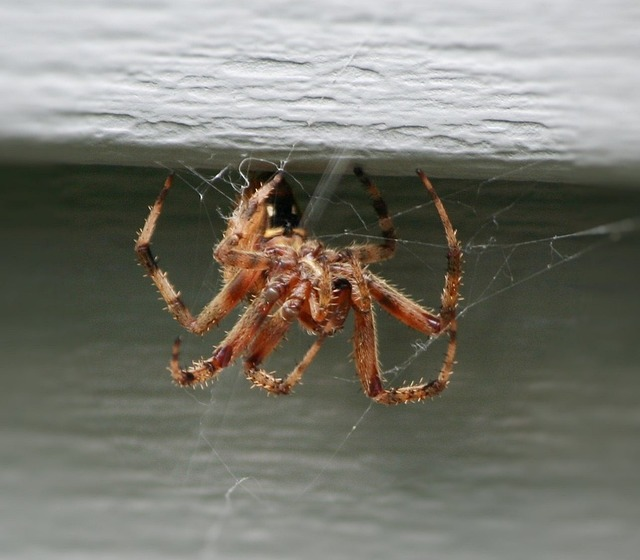A Comprehensive Pest Control Inspection
In this article, we will help you write a comprehensive pest control inspection checklist, that will help you perform your very own pest control inspection.
When it comes to the safety and comfort of our homes, pests can quickly become a major concern. From pesky insects to creepy crawlies, these unwelcome guests can wreak havoc on our lives if left unattended. That’s why a thorough pest control inspection is essential in ensuring a pest-free environment.
From understanding the importance of these inspections to the tools you’ll need and the steps involved in the inspection process, we’ve got you covered.
Understanding the Importance of Pest Control Inspection
Why should we pay attention to pest control inspections? The answer is simple: pests can cause immense damage to our homes and businesses and pose serious health risks.
By conducting regular pest control inspections, you can identify and address any potential infestations before they spiral out of control. Pest control inspections are not just about preventing minor inconveniences or occasional annoyances. They play a crucial role in protecting the structural integrity of your home. Pests such as termites, for example, can silently chew through wooden structures, compromising the stability of your house.
Without proper pest control inspection checklists, and intervention, you may find yourself facing expensive repairs and renovations.
But it’s not just about the physical damage pests can cause. They can also contaminate your food, posing a serious health risk to you and your family. Rodents, for instance, can carry harmful bacteria like Salmonella and E. coli, which can contaminate surfaces and food items.
Furthermore, pests are not limited to the indoors. They can also invade your outdoor living spaces, turning your backyard into a breeding ground for mosquitoes, ticks, and other disease-carrying insects. These pests can transmit dangerous illnesses such as West Nile virus, Lyme disease, and Zika virus. By ignoring pest infestations, you are essentially creating a hazardous environment for yourself and your loved ones.
Regular pest inspections can help you detect and eliminate these serious contamination risks, ensuring the safety of your meals.
Allergies

Pests like cockroaches and dust mites are frequently to blame for allergies. In particular, allergic responses and asthma attacks can be brought on by their excrement and shed skin, especially in youngsters and those who already have respiratory issues.
By neglecting to schedule pest control inspections, you are essentially allowing these allergens to thrive in your home, potentially compromising the health of your family members.
Benefits of Regular Pest Inspections
On the other hand, regular pest inspections offer a multitude of benefits. By proactively addressing pest issues, you can prevent property damage, safeguard your family’s health, and save money in the long run.
Moreover, a pest-free environment promotes a sense of peace and tranquillity, allowing you to fully enjoy your home.
One of the key benefits of regular pest inspections is early detection. By identifying and addressing pest problems at an early stage, you can prevent them from escalating into full-blown infestations. This not only saves you from costly repairs but also minimizes the disruption and inconvenience that comes with extensive pest control treatments.
Additionally, regular pest inspections can help you maintain a healthy living environment. By eliminating pests and their associated health risks, you are creating a safe space for your family to thrive.

You can have peace of mind knowing that your loved ones are protected from diseases, allergies, and other pest-related health issues.
Furthermore, investing in regular, quality pest inspections can save you money in the long run. By preventing extensive damage caused by pests, you avoid the need for major repairs and replacements. The cost of a routine inspection is significantly lower compared to the expenses incurred when dealing with a full-blown infestation.
Lastly, a pest-free environment allows you to fully enjoy your home. You can relax and unwind without the constant worry of pests crawling around or the fear of encountering disease-carrying insects. Your home should be a sanctuary, and regular pest control services and inspections help maintain that sense of complete tranquillity.
Identifying Different Types of Pests
Before delving into the whole pest control checklist, inspection checklist, process, it’s important to familiarize yourself with the common pests that could invade your home.
When it comes to pests, there is a wide range of species that can infiltrate your living space. From tiny ants to creepy cockroaches, and from scurrying rodents to lurking spiders, these unwanted visitors can cause a great deal of distress and damage.
Common Household Pests
Household pests come in various shapes and sizes. Let’s take a closer look at some of the most common pests that you may encounter:
Ants

These tiny creatures are often found marching in long trails, searching for food and water sources in your home. They can be a nuisance, especially when they invade your kitchen and pantry.
Cockroaches

These resilient insects are known for their ability to survive in almost any form of environment. They can contaminate your food, spread diseases, and trigger allergies.
Rodents

Rats and mice are frequent home pests that can seriously harm your property. They chew on wires, furniture, and even walls, and can also transmit diseases.
Spiders

While most spiders are harmless, some species can deliver painful bites. They often build their webs in dark corners and crevices, waiting for unsuspecting prey.
Pest Control Inspection Checklists
Recognizing Signs of Pest Infestations
Pest infestations often leave behind tell-tale signs that can help you identify their presence. By being vigilant and observant, you can catch an infestation early and take prompt action. Here are some common items to look out for:
Droppings: Pests like rodents and cockroaches leave behind droppings that can indicate their presence. These droppings are often found near their nesting areas or along their regular pathways.
Gnaw marks: Rodents have a habit of gnawing on various objects to keep their teeth sharp. Look for evidence of chewed wires, furniture, or even structural damage in your home.
Nests: Some pests, like birds or rodents, build nests in hidden areas of your basement or home. These nests can be made of twigs, leaves, or other materials, and are often found in attics, back rooms, basements, or crawl spaces.
Unusual sounds: If you hear scratching, scurrying, or squeaking sounds coming from within your walls or ceilings, it could be a sign that pests are about. These sounds are often more noticeable at night when the pests are most active.
Essential Tools for Pest Control Inspection
A successful, pest control inspection report and checklist also requires the right tools. Make sure you are equipped with the following:
Personal Protective Equipment (PPE)
Protecting yourself during inspections is crucial. Wear gloves, safety glasses, and a mask to minimize exposure to harmful pests and chemicals.
Inspection Tools and Devices
In addition to PPE, you’ll need a flashlight, a magnifying glass, a moisture meter, traps, and other specialized tools to properly inspect your property.
The Pest Control Inspection Process
Now that you have a good understanding of pests and the necessary inspection checklist tools, let’s take a closer look at the inspection checklist process step by step.
Initial Assessment and Planning
The first step is to assess and inspect your property visually. Look for any vulnerable areas or entry points that pests could exploit. Plan your inspection based on these findings.
Detailed Inspection and Identification
Next, conduct a detailed investigation of each area of your property. Check for signs of pests, nests, and potential breeding grounds. Identify the pests you come across to determine the appropriate treatment.
Documentation and Reporting
As you go through the inspection process, document your report and findings on paper, and take photographs if necessary. This form of documentation will serve as a further form of reference and can be helpful if you need to consult with a professional exterminator.
Pest Prevention Measures
Prevention is key when it comes to pest control. Implementing preventative measures will help the pest control service companies keep the rooms in your home free from unwanted guests.
Regular Cleaning and Maintenance

Maintaining a clean and clutter-free environment is essential in deterring pests. Regularly sweep, mop, and vacuum your home to eliminate potential food sources and hiding spots.
Safe Food Storage Practices
Properly storing food in sealed storage containers and keeping the storage areas in your kitchen clean will greatly reduce the chances of attracting pests. Don’t forget to dispose of garbage promptly and appropriately.
Proper Waste Management

Pests are often attracted to waste and debris. Make sure your trash bins are tightly sealed and regularly emptied. Additionally, consider composting if you have a garden to prevent unnecessary pest activity.
Food Establishments

Weekly and monthly pest control inspections are typical for food establishments, although some with higher risk conduct inspections even more regularly. The focus of these inspections should be on locations where pests are most likely to be found, such as receiving docks, storage spaces, closets, break rooms, and locations where recent ingredient spills have occurred.
Pest Control Software

Do you or your business do a lot of pest control inspections ? Pest control inspection checklists and reports can be made more efficient by the use of digital forms.
Mobile device apps and web enabled software can do away with paper forms for pest control companies whilst still enabling you to describe problem areas.
Take your business to the next level, and go home early after saving hours writing your reports.
To Sum Up
By following this comprehensive, pest control checklist and inspection checklist, you can take proactive measures to ensure a pest-free home. Remember, prevention is always better than cure when it comes to staying on track for pest control.
Stay vigilant, stay prepared, and enjoy the peace of mind that a pest-free home brings.
Also read How to get rid of fleas in your home
See more Helpful Content
Visit our Homepage
